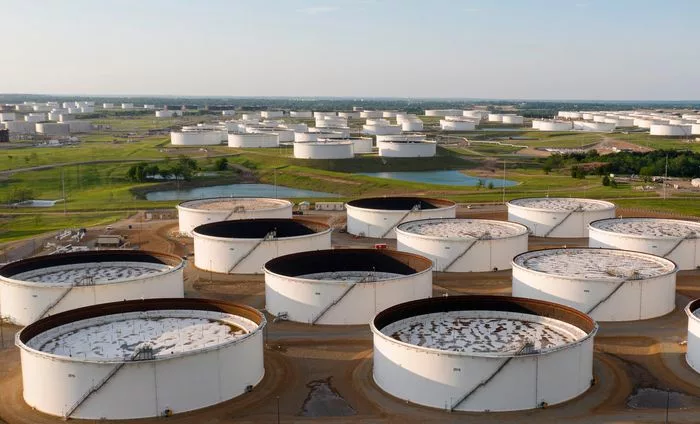On Thursday, oil futures fell by almost 4% as concerns over the economy and fuel consumption became stronger than support from an unexpected reduction in U.S. oil supply in response to a larger-than-expected rate hike by the Bank of England.
To close at $74.14 a barrel, Brent futures declined $2.98, or 3.9%. West Texas Intermediate (WTI) crude futures for the United States fell $3.02, or 4.2%, to $69.51.
The benchmarks reversed gains from the prior session, when U.S. corn and soybean prices shot to multi-month highs, fueling speculation that crop shortages may reduce the blending of biofuels and boost oil demand.
In order to combat persistent inflation, the Bank of England increased interest rates by a larger-than-anticipated half percentage point. It was the 13th rate increase in a row by the central bank.
Higher interest rates can impede economic expansion and lower demand for oil.
Jerome Powell, chair of the U.S. Federal Reserve, advised prudence, saying that two further rate increases of 25 basis points each before year’s end were “a pretty good guess.”
According to Phil Flynn, an analyst with Price Futures Group, “We’re stuck in a trading range but prices are held back by the concerns about the economy, the larger economy.”
In contrast to estimates for a 700,000-barrel increase, distillate inventories, which include diesel and heating oil, increased by approximately 430,000 barrels in the week to 114.3 million barrels.
Investors are now anticipating statistics on manufacturing activity in China, which is coming next week and might reveal the health of China’s economy.
The supply of oil will be constrained in the coming months by OPEC+ producer cuts and modest increases in U.S. oil production, according to an official at U.S. shale producer EOG Resources.

